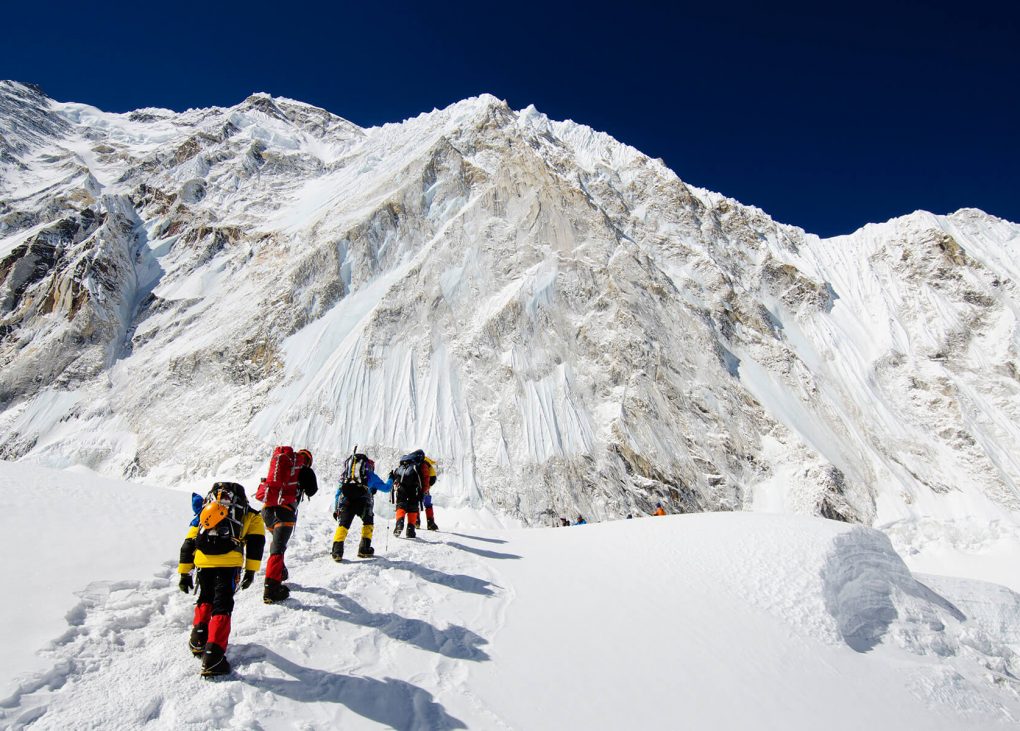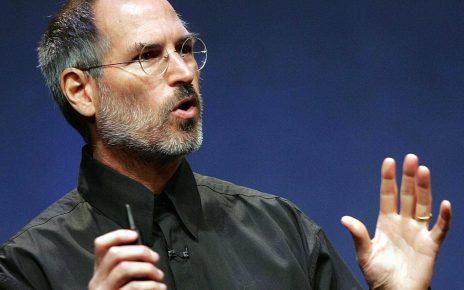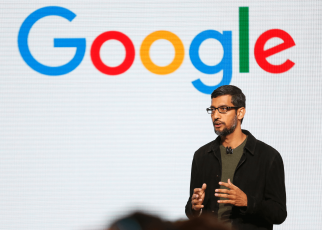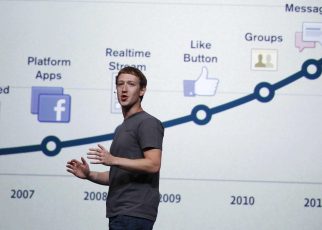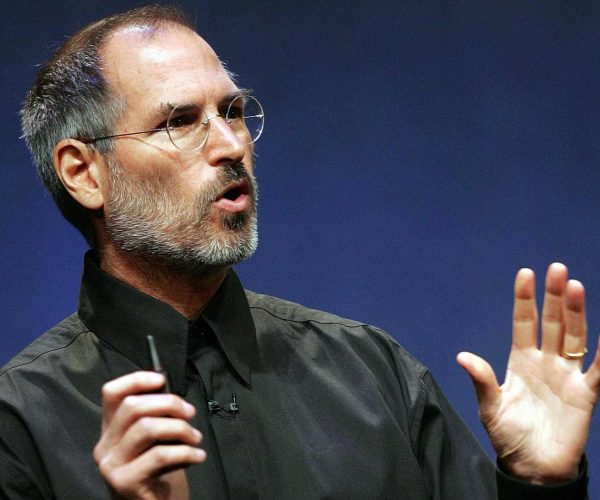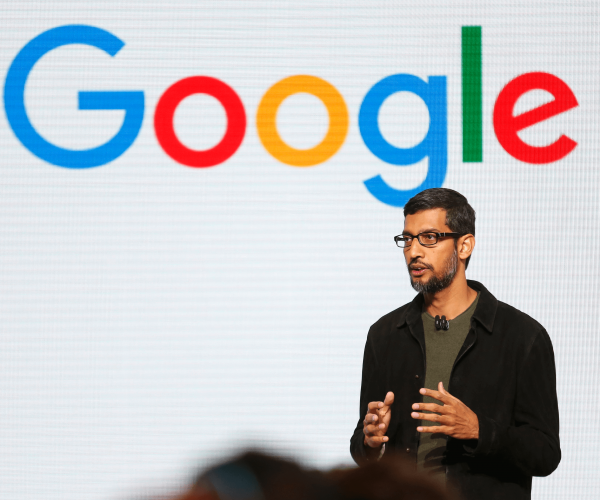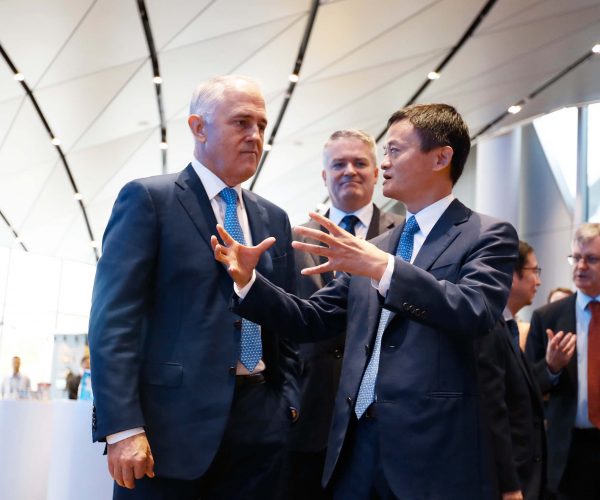

Athletics World

Greece seek redemption

Superbike Racing

First American woman race
An Extraordinary Career
Steve Jobs’ vision of a “computer for the rest of us” sparked the PC revolution and made Apple an icon of American business. But somewhere along the way, Jobs’ vision got clouded — some say by his ego — and he was ousted from the company he helped found. Few will disagree that Jobs did Read more
Latest News
Himalaya Flight Introduction
Video technology was first developed for mechanical television systems, which were quickly replaced by cathode ray tube (CRT) television systems, but several new technologies for video display devices have since been invented. Video was originally exclusively a live technology. Charles Ginsburg led an Ampex research team developing one of the first practical video tape recorder (VTR). In 1951 the first video tape recorder captured live images from television cameras by converting the camera’s electrical impulses and saving the information onto magnetic video tape. Video recorders were sold for US $50,000 in 1956, and videotapes cost US $300 per one-hour reel.[2] However, prices gradually dropped over the years; in 1971, Sony began selling videocassette recorder (VCR) decks and tapes into the consumer market.[3] The use of digital techniques in video created digital video, which allows higher quality and, eventually, much lower cost than earlier analog technology. After the invention of the DVD in 1997 and Blu-ray Disc in 2006, sales of videotape and recording equipment plummeted. Advances in computer technology allows even inexpensive personal computers and smartphones to capture, store, edit and transmit digital video, further reducing the cost of video production, allowing program-makers and broadcasters to move to tapeless production. The advent of digital broadcasting and the subsequent digital television transition is in the process of relegating analog video to the status of a legacy technology in most parts of the world. As of 2015, with the increasing use of high-resolution video cameras with improved dynamic range and color gamuts, and high-dynamic-range digital intermediate data formats with improved color depth, modern digital video technology is converging with digital film technology. See also: History of television Video technology was first developed for mechanical television systems, which were quickly replaced by cathode ray tube (CRT) television systems, but several new technologies for video display devices have since been invented. Video was originally exclusively a live technology. Charles Ginsburg led an Ampex research team developing one of the first practical video tape recorder (VTR). In 1951 the first video tape recorder captured live images from television cameras by converting the camera’s electrical impulses and saving the information onto magnetic video tape. Video recorders were sold for US $50,000 in 1956, and videotapes cost US $300 per one-hour reel.[2] However, prices gradually dropped over the years; in 1971, Sony began selling videocassette recorder (VCR) decks and tapes into the consumer market.[3]
Relation
relating to• The less tangible effects of the Senate bill will come from the provisions relating to jobs and social services for immigrants.• There are a multitude of other very significant changes on specific matters relating to monopolies and styles of practice .• No regulations relating to night sets apply to the non-US fleet.• And certain personnel records can be withheld, for example, as can documents relating to pending litigation.• Their designs and inscriptions, for instance, are an unrivalled source of systematic detail relating to political history, religion and culture.• Type any comments relating to the document.• Another charge, relating to the release of some rioters apprehended during an attack on a prison, was dropped.• Other particular provisions allow parents to be given special information relating to their child. relating to• The less tangible effects of the Senate bill will come from the provisions relating to jobs and social services for immigrants.• There are a multitude of other very significant changes on specific matters relating to monopolies and styles of practice.• No regulations relating to night sets apply to the non-US fleet.• And certain personnel records can be withheld, for example, as can documents relating to pending litigation.• Their designs and inscriptions, for instance, are an unrivalled source of systematic detail relating to political history, religion and culture.• Type any comments relating to the document.• Another charge, relating to the release of some rioters apprehended during an attack on a prison, was dropped.• Other particular provisions allow parents to be given special information relating to their child. relating to• The less tangible effects of the Senate bill will come from the provisions relating to jobs and social services for immigrants.• There are a multitude of other very significant changes on specific matters relating to monopolies and styles of practice.• No regulations relating to night sets apply to the non-US fleet.• And certain personnel records can be withheld, for example, as can documents relating to pending litigation.• Their designs and inscriptions, for instance, are an unrivalled source of systematic detail relating to political history, religion and culture.• Type any comments relating to the document.• Another charge, relating to the release of some rioters apprehended during an attack on a prison, was dropped.• Other particular provisions allow parents to be given special information relating to their child.
Sentences
What is a standard? & What does it do? In essence, a standard is an agreed way of doing something. It could be about making a product, managing a process, delivering a service or supplying materials – standards can cover a huge range of activities undertaken by organizations and used by their customers. Standards are the distilled wisdom of people with expertise in their subject matter and who know the needs of the organizations they represent – people such as manufacturers, sellers, buyers, customers, trade associations, users or regulators. Our portfolio extends to more than 30,000 current standards. They are designed for voluntary use so it’s up to you-you’re not forced to follow a set of rules that make life harder for you, you’re offered ways to do your work better. Standards are knowledge. They are powerful tools that can help drive innovation and increase productivity. They can make organizations more successful and people’s everyday lives easier, safer and healthier. The kinds of things that standards do Standards cover a wide range of subjects from construction to nanotechnology, from energy management to health and safety, from cricket balls to goalposts. They can be very specific, such as to a particular type of product, or general such as management practices. The point of a standard is to provide a reliable basis for people to share the same expectations about a product or service. This helps to: facilitate trade provide a framework for achieving economies, efficiencies and interoperability enhance consumer protection and confidence. Organizations might use: a quality management standard to help them work more efficiently and reduce product failures an environmental management standard to help reduce environmental impacts, reduce waste and be more sustainable a health and safety standard to help reduce accidents in the workplace an IT security standard to help keep sensitive information secure a construction standard to help build a house an energy management standard to help cut energy consumption a food safety standard to help prevent food from being contaminated an accessibility standard to help make buildings accessible to disabled users
Changing Your Cravings for “Bad” Foods
We’ve all had a food craving at one time or another. A food craving is an extreme need for a certain food of type of food. The craving is so strong, it’s almost impossible to resist. Whether it’s a craving for salt or sugar, cravings are normal. It’s our body’s way of telling us what
An Extraordinary Career
Steve Jobs’ vision of a “computer for the rest of us” sparked the PC revolution and made Apple an icon of American business. But somewhere along the way, Jobs’ vision got clouded — some say by his ego — and he was ousted from the company he helped found. Few will disagree that Jobs did Read more
Currency Converter
Browse Date and Time
Thursday, October 3, 1:14 am
Gallery






Video News
An error occurred:
API key not valid. Please pass a valid API key.
Tags
Our Location
Sorry location Kathmandu could not found.

